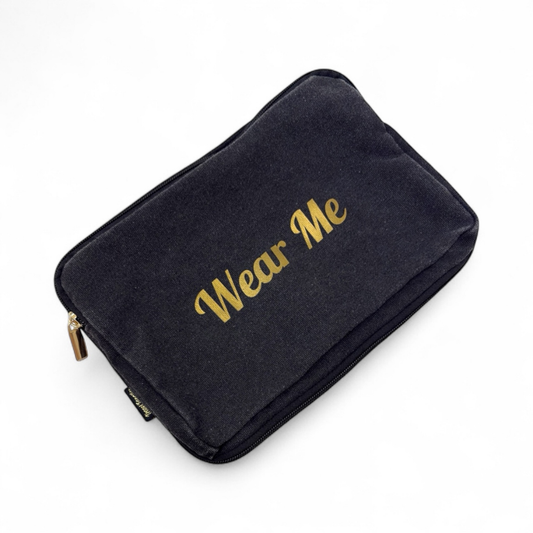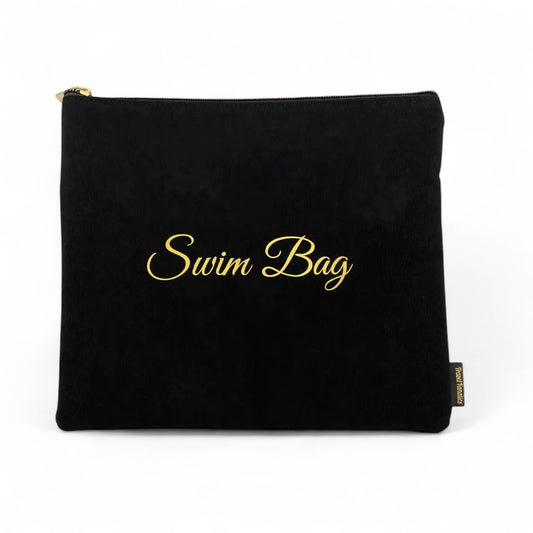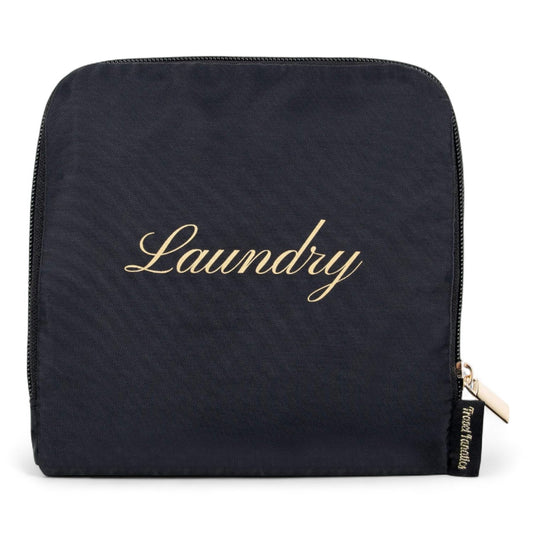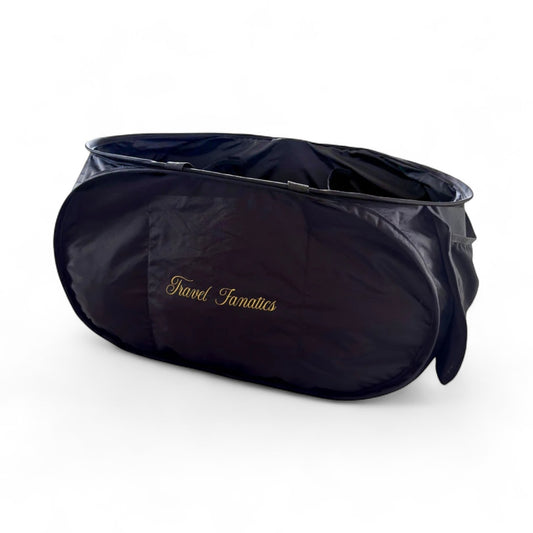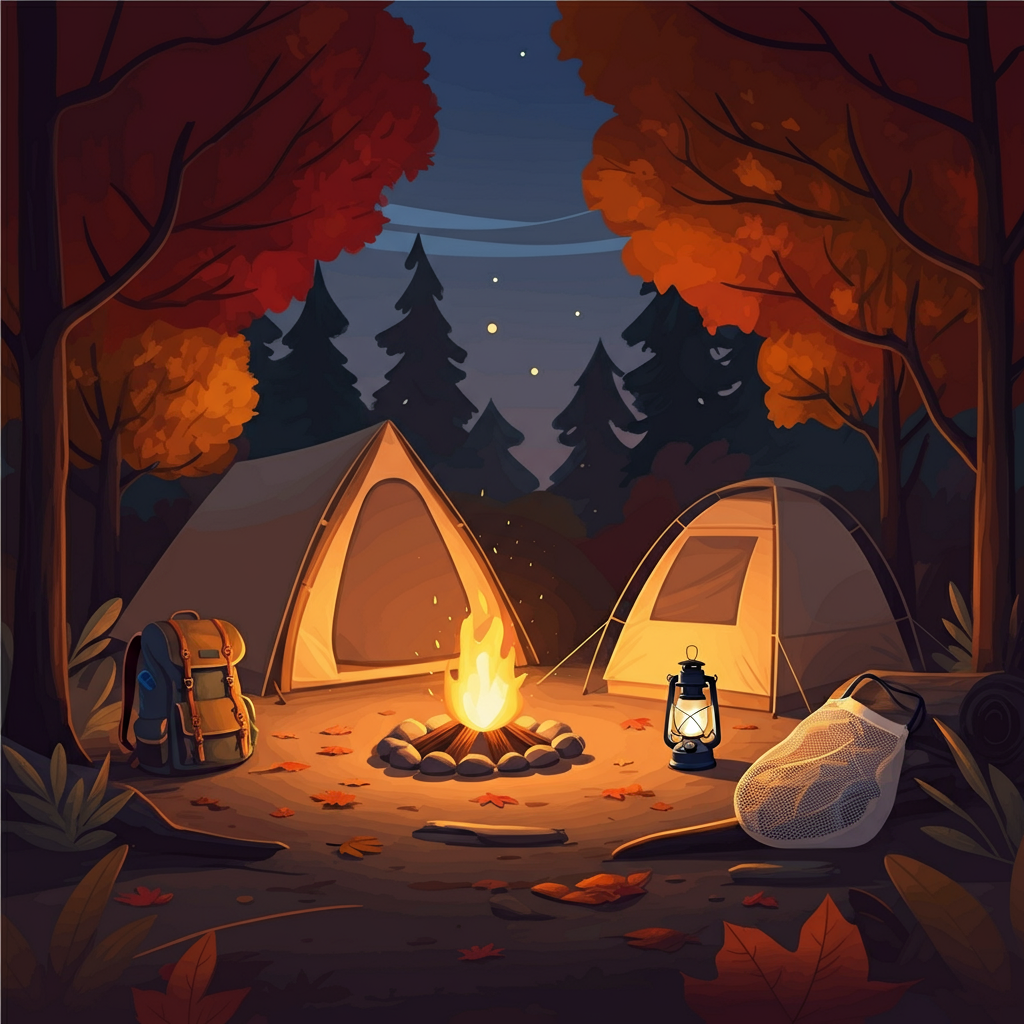
The Ultimate Guide to Fall Camping Essentials
Autumn camping is an experience like no other. The summer crowds have vanished, the air is crisp and clean, and the landscape is painted with brilliant shades of red, orange, and gold. The vibrant fall foliage is a major draw for autumn camping enthusiasts.
After Labor Day, many campgrounds are less crowded and fees may be reduced, making it an ideal time to visit. Late summer warmth can linger during the day, but evenings are much cooler, so packing versatile gear is important. Many campgrounds offer a range of amenities, so choosing the right one is key for a comfortable fall camping trip.
Keep in mind that many campgrounds close for the season in early October, so planning ahead is crucial. It’s a perfect time for families to gather around a crackling campfire and reconnect with nature. However, the magic of fall camping hinges on one crucial element: preparation. Cooler temperatures and unpredictable weather demand a more thoughtful approach to packing.
A successful fall camping trip is all about staying warm, dry, and organized. With the right gear, you can embrace the beauty of the season in complete comfort. This guide will walk you through the essential items you need to pack, from shelter and sleeping systems to clothing and kitchen supplies. We’ll also share some smart tips for keeping your campsite tidy, so you can spend less time searching for gear and more time making memories.
Preparing for Your Trip
Before you set out on your fall camping adventure, a little preparation goes a long way. Start by checking the weather forecast for your destination—fall weather can be unpredictable, with temperatures that swing from sunny afternoons to frosty nights. Use a fall camping checklist to make sure you have all the right gear packed and ready to go. This will help you avoid last-minute scrambles and ensure you don’t leave any essentials behind.
Think about the type of camping you’ll be doing, whether it’s car camping with all the comforts or a more rustic tent camping experience. The right gear can make all the difference, from a reliable sleeping bag to a sturdy tent. Planning ahead not only helps you stay warm and dry, but also lets you focus on enjoying the beauty of your fall camping trip.
Choosing the Right Campsite
Picking the right spot for your fall camping trip can make or break your experience. Look for a campsite that offers natural shelter from the wind, such as a stand of trees or a hillside, to help keep your tent cozy. Access to amenities like water and restrooms can make your stay more comfortable, especially if you’re car camping with family or friends.
Many state parks and national forests offer well-maintained camping areas with picnic tables, fire rings, and even grills—perfect for those chilly fall evenings. Before you go, check the campground’s rules about campfires, as some locations may have restrictions during severe weather or dry spells. If you’re planning to camp in a national forest or state park, be sure to reserve your spot early, as peak fall colors can draw plenty of outdoor enthusiasts.
Creating a Fall Camping Checklist
A well-thought-out fall camping checklist is your best friend when it comes to packing for cooler weather. Start with the basics: a sleeping bag rated for low temperatures, an insulated sleeping pad to keep you off the cold ground, and a sturdy tent with a rain fly for extra protection against unpredictable fall weather. Don’t forget to pack extra plastic garbage bags for keeping your gear dry and managing waste, as well as a hot water bottle or warm water bottle to help you stay warm at night.
Layering is key, so include clothing made from synthetic materials like polyester or nylon, which wick moisture and help retain body heat. Add a few extra pairs of socks and gloves to your camping checklist, just in case. A rain fly is a must-have for your tent, and a sleeping pad will add both comfort and insulation. With these essentials packed, you’ll be ready to handle whatever the fall weather throws your way.
Shelter and Sleep System: Your Cozy Haven
As the sun sets earlier and temperatures drop, a reliable shelter and a warm sleeping setup become the most important pieces of your camping gear. When planning your trip, be sure to choose a camping area that is sheltered from wind and easily accessible, as weather conditions can change quickly in the fall.
Choosing the Right Tent
Your tent is your home away from home, and for fall camping, it needs to be up to the task.
-
Three-Season Tent: A good three-season tent is designed to handle moderate wind and rain, making it suitable for most fall conditions. Look for one with a full-coverage rainfly that extends close to the ground to block wind and precipitation. In addition, use a rain cover for your backpack or gear to keep everything dry during wet weather.
-
Check Your Seams: Before you go, inspect your tent’s seams. If they look worn, consider applying a seam sealer for extra waterproofing. A little prep at home can save you from a damp night.
-
Use a Tarp or Footprint: Place a footprint or tarp under your tent. This provides an extra layer of protection against ground moisture and helps protect the tent floor from rocks and sticks.
Arrive early at the campsite to ensure you have enough daylight to set up your tent and organize your gear.
Staying Warm While You Sleep
A cold night’s sleep can ruin a camping trip. Here’s how to ensure you stay toasty until morning.
-
Temperature-Rated Sleeping Bag: Check the weather forecast and choose a sleeping bag rated for temperatures at least 10-15 degrees colder than the expected low. It’s always better to have too much warmth than not enough. You can always unzip the bag if you get too warm.
-
Insulated Sleeping Pad: Much of your body heat is lost to the cold ground. An insulated sleeping pad with a high R-value (a measure of thermal resistance) is essential. It creates a thermal barrier between you and the ground, reflecting your body heat back at you.
-
Thermal Underwear as a Base Layer: Wear thermal underwear as your base layer to help wick away moisture and provide extra warmth while you sleep.
-
Drink Warm Liquids Before Bed: Drinking warm liquids before bed can help maintain your body heat and keep you comfortable during cold nights.
-
Extra Blankets: Pack a few wool or fleece blankets. You can lay one inside your sleeping bag for extra insulation or wrap up in one around the campfire.
Clothing: The Art of Layering for Warmth
Dressing for fall camping is all about layers. This strategy allows you to easily adjust your comfort level as temperatures and your activity levels change throughout the day. For all fall camping trips, whether short or extended, it's important to select appropriate fall camping clothing to handle fluctuating temperatures. Always pack layers so you can add or remove clothing as the weather shifts.
When choosing your base layer, avoid cotton clothing because it absorbs moisture and can leave you feeling cold and uncomfortable. Opt for moisture-wicking materials instead.
For your outer layer, water resistant clothing such as jackets and pants is essential to stay dry and comfortable in wet conditions.
Be sure to manage damp clothing by keeping extra clothes dry and packing additional dry layers. Packing extra clothes is crucial for unexpected weather changes and to ensure you stay warm and comfortable throughout your trip.
The Three Essential Layers
-
Base Layer: This is the layer against your skin. Its job is to wick moisture away to keep you dry. Avoid cotton, which holds moisture and can make you feel cold. Opt for synthetic fabrics like polyester or natural fibers like merino wool.
-
Mid-Layer: This is your insulating layer. Fleece jackets, puffy vests, and wool sweaters are all excellent choices. They trap air warmed by your body to keep you warm.
-
Outer Layer (Shell): This layer protects you from wind and rain. A waterproof and windproof jacket is a non-negotiable item for fall camping. Look for one with a hood for extra protection.
Don’t forget to pack wool socks, a warm hat (beanie), and a pair of gloves. You lose a significant amount of body heat through your head and extremities.
Keeping Your Campsite Organized
A tidy campsite is a happy campsite. Organization not only reduces stress but also helps protect your gear and the environment. Consider using plastic baggies to keep electronics and valuables safe from moisture, especially during rainy conditions.
It's also wise to bring extra money in case you need to purchase additional supplies or handle unexpected expenses during your trip.
Managing Dirty Clothes and Gear
Camping often means getting a little dirty. To keep mud, campfire smoke, and dampness from taking over your tent and car, you need a system for managing soiled clothes and gear.
-
Use Mesh Bags for Gear: Wet or muddy gear needs to ventilate to prevent mildew. Our Travel Fanatics Shoe Washing Bags are perfect for this. The durable mesh design allows air to circulate, making them ideal for storing damp socks, muddy hiking shoes, or wet rain gear separately.
-
Separate Laundry with a Dedicated Bag: Keep your clean clothes fresh by isolating the dirty ones. The Wash Me & Wear Me Canvas Laundry Bag is a fantastic solution. Its two-sided design lets you keep clean and dirty laundry completely separate within the same bag, making it easy to manage your wardrobe and even easier to unpack when you get home.
Camp Kitchen Essentials
Warm meals and hot drinks are one of the great joys of fall camping. A well-stocked camp kitchen makes cooking easy and enjoyable. Preparing hot meals like soups, chili, and stews is essential to stay warm and satisfied during your trip. Many campsites also provide a picnic table, making outdoor dining more comfortable and convenient.
-
Camp Stove and Fuel: While cooking over a fire is fun, a camp stove offers a reliable and quick way to cook, especially on a damp morning. Make sure you have more than enough fuel for your trip, and ensure you bring a full propane tank for consistent cooking and warmth.
-
Pots, Pans, and Utensils: Bring a pot for boiling water, a pan for cooking, and all the necessary utensils. Don’t forget a cutting board, knives, and can opener.
-
Cooler: A well-insulated cooler is necessary for keeping perishable food safe. Freeze water bottles to use as ice packs; they’ll keep your food cold and provide you with drinking water as they thaw.
-
Warm Drinks: Pack plenty of coffee, tea, and hot cocoa mix. A warm drink is the perfect way to start a chilly morning or wind down in the evening. Bringing a hot beverage such as tea or coffee helps you stay warm and comforted at the campsite.
When planning your meals, include good fats like nuts, fish, or avocados to help fuel your body and maintain energy levels during outdoor activities.
Note: Reserve certain appliances for indoor use only, and always be mindful of safety when using heaters or other equipment at your campsite.
Safety and Other Must-Haves
Finally, a few more items are critical for a safe and enjoyable trip.
-
Navigation: Bring a map and compass, even if you have a GPS or phone. Learn how to use them before you go. Consider exploring national parks as part of your fall camping experience for memorable outdoor adventures.
-
First-Aid Kit: Pack a comprehensive first-aid kit and customize it with any personal medications. Include toilet paper in your kit—not only for hygiene, but also as a handy trail marker or emergency supply.
-
Lighting: Don’t rely on your phone’s flashlight. Pack headlamps for each person (they keep your hands free) and a lantern for general campsite illumination. Bring extra batteries.
-
Fire Starters: Pack multiple ways to start a fire, such as waterproof matches, a lighter, and a fire starter. Keep them in a waterproof container. Be sure to prepare for cold weather by bringing appropriate outdoor gear and extra clothes to stay warm.
-
Camp Chairs: Essential for comfortable seating around the fire or at your campsite.
-
Wildlife Safety: Be aware of bee hives in the area and take precautions to avoid attracting wildlife, such as properly storing food and keeping your campsite clean.
Fall Camping Tips and Tricks
To make your fall camping trip as enjoyable as possible, a few smart strategies can go a long way. First, always dress in layers—start with a moisture-wicking base, add an insulating mid-layer, and top it off with a waterproof shell. For extra warmth on chilly nights, bring a down blanket or pack an extra layer to snuggle up in your sleeping bag. Staying dry is just as important as staying warm, so pack rain gear and an extra pair of clothes in case you get caught in a sudden shower.
Don’t let the cooler weather fool you—some insects are still active in the fall, so bring insect repellent and bug spray to keep them at bay. When you hit the hiking trail, wear waterproof hiking boots to keep your feet warm and dry, and always carry a water bottle to stay hydrated. Before heading out, check the trail conditions and difficulty to make sure they’re a good fit for your group.
Wildlife is more active in the fall, with many animals preparing for winter or engaging in fall mating rituals. Store your food properly and follow local guidelines to avoid unwanted encounters. When setting up camp, choose a spot with good drainage and protection from the wind, and use a sturdy rain fly or tarp for extra shelter. Always bring a first aid kit and know how to use it—being prepared is the best way to ensure a safe and memorable fall camping adventure. With these tips and tricks, you’ll be ready to embrace the season and make the most of your time in the great outdoors.
Embrace the Autumn Adventure
Fall camping offers a peaceful and beautiful escape. With the right preparation and the right gear, you can fully immerse yourself in the season. By focusing on staying warm, dry, and organized, you set the stage for a memorable outdoor adventure with your family. So pack your layers, grab your essentials, and get ready to enjoy the unparalleled beauty of the great outdoors in autumn.

